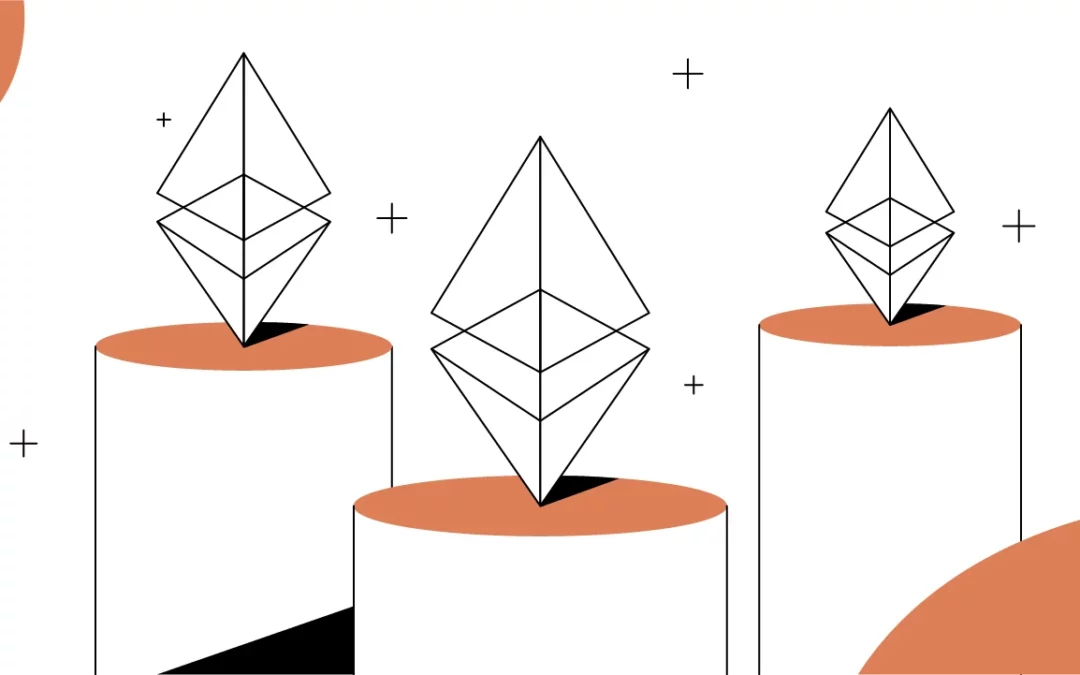Ethereum’s move from Proof-of-Work (PoW) to Proof-of-Stake (PoS), known as “The Merge,” is one of the most significant upgrades in blockchain history. This shift doesn’t just change how Ethereum validates transactions—it could reshape how people, developers, and businesses adopt the network.
Lower Energy Consumption
One of the biggest criticisms of blockchains like Bitcoin has been energy usage. By switching to PoS, Ethereum is expected to cut its energy consumption by more than 99%. This eco-friendly approach makes Ethereum far more appealing to environmentally conscious users, companies, and even regulators. In an era where sustainability matters, this could be a huge adoption driver.
Increased Accessibility for Stakers
Unlike Proof-of-Work, which required expensive hardware and massive electricity costs, Proof-of-Stake allows anyone with ETH to participate in securing the network. This lowers the barrier to entry, giving more users a chance to earn rewards through staking. The result? A more decentralized and inclusive ecosystem.
Potential for Faster Innovation
With PoS, Ethereum developers can more easily implement future upgrades such as sharding and scalability improvements. These upgrades will help reduce gas fees and boost transaction speeds, making Ethereum a stronger competitor to alternative blockchains. Faster, cheaper transactions could attract more dApp builders and mainstream users.
Institutional Confidence
Institutions that were once hesitant about blockchain due to environmental or scalability concerns may find Ethereum more appealing post-Merge. If large corporations and financial institutions adopt Ethereum for smart contracts and tokenized assets, mainstream adoption could accelerate rapidly.
Challenges to Watch
Of course, PoS is not without risks. Critics argue that large stakeholders could centralize power, and some worry about potential security trade-offs. Adoption will depend on whether Ethereum can maintain trust while scaling up its ecosystem.
Final Thoughts
Ethereum’s transition to Proof-of-Stake is more than a technical change—it’s a cultural and economic milestone. By reducing energy use, lowering barriers, and paving the way for scalability, Ethereum could see a wave of new adoption from both individuals and institutions. The future of Web3 may very well hinge on how successful this transition proves to be.

